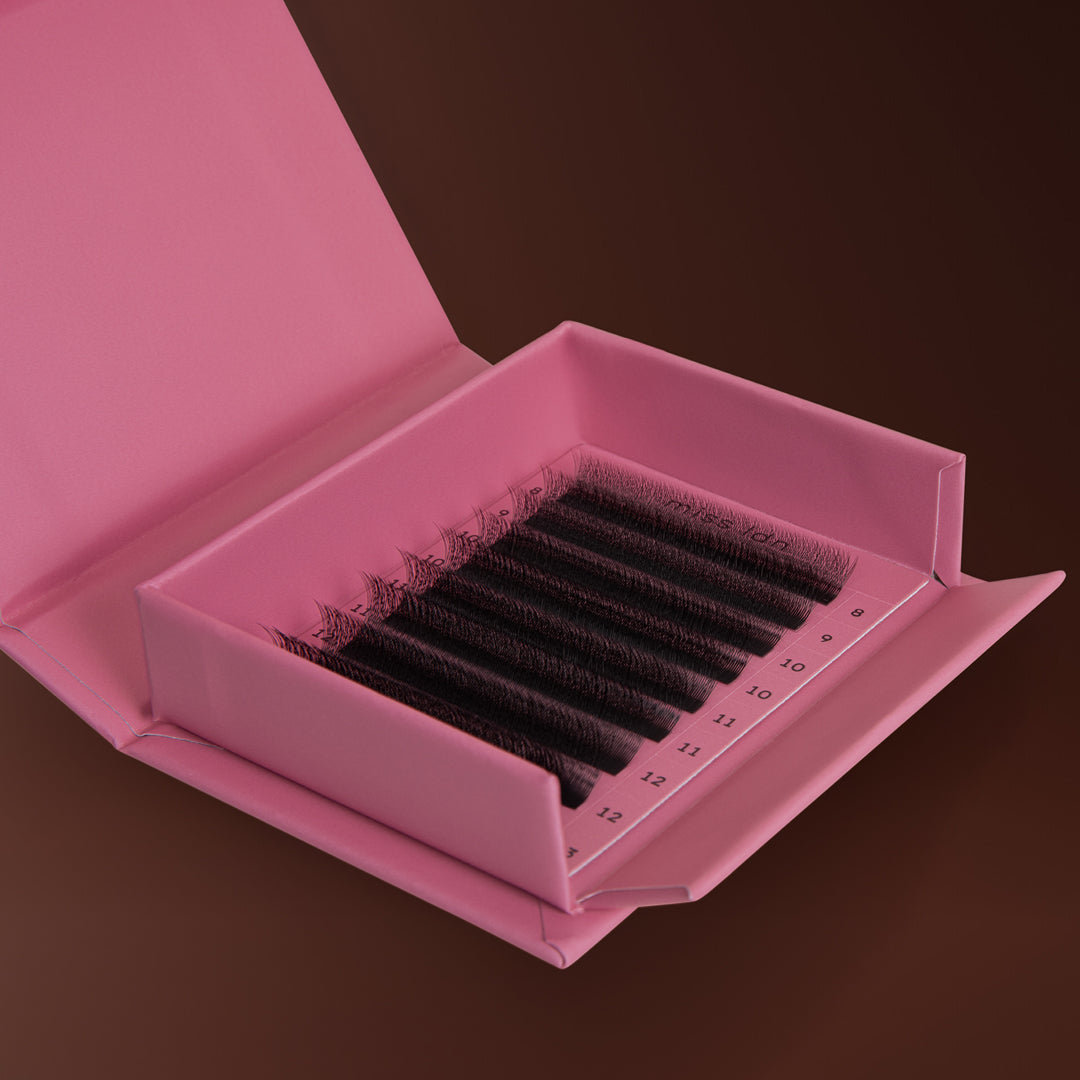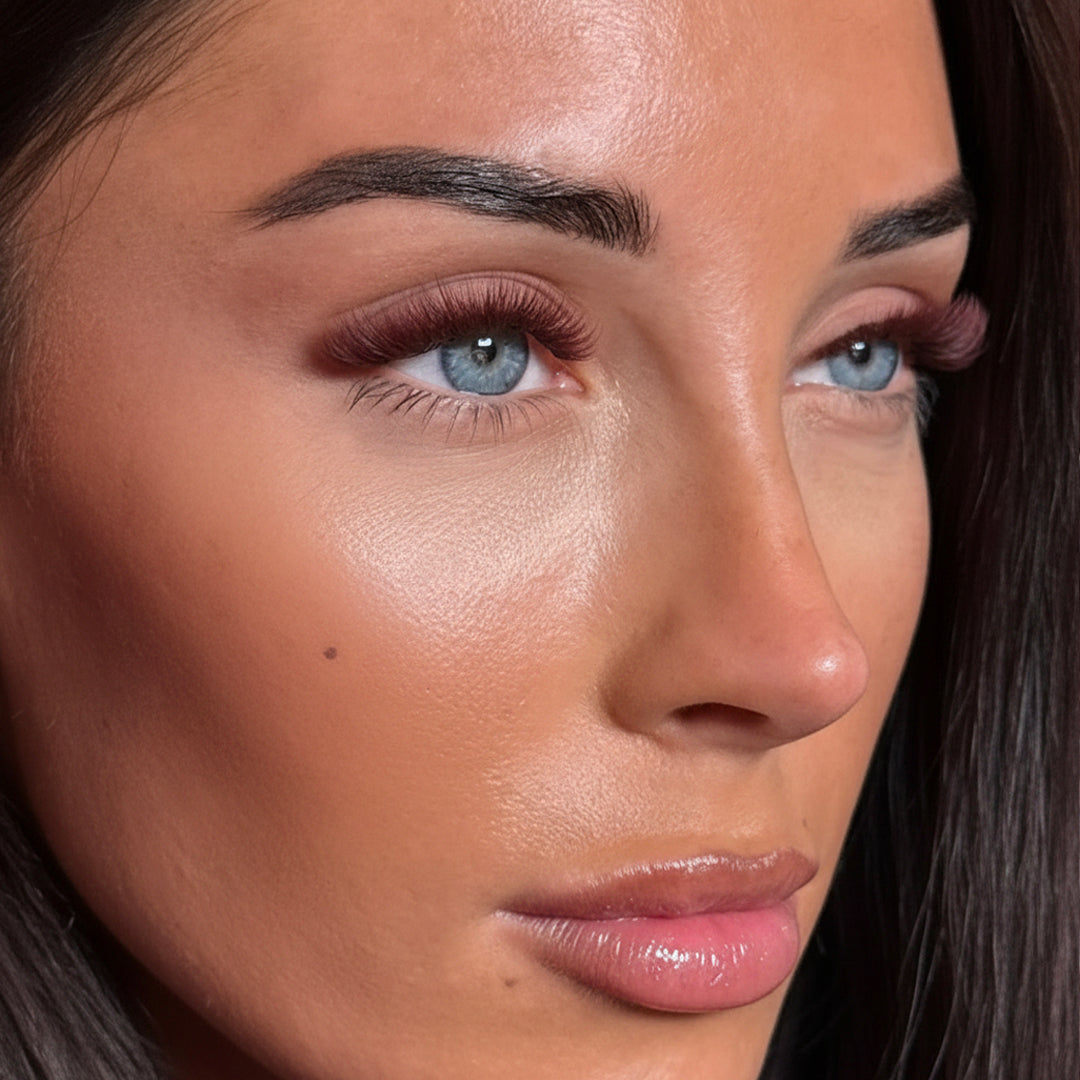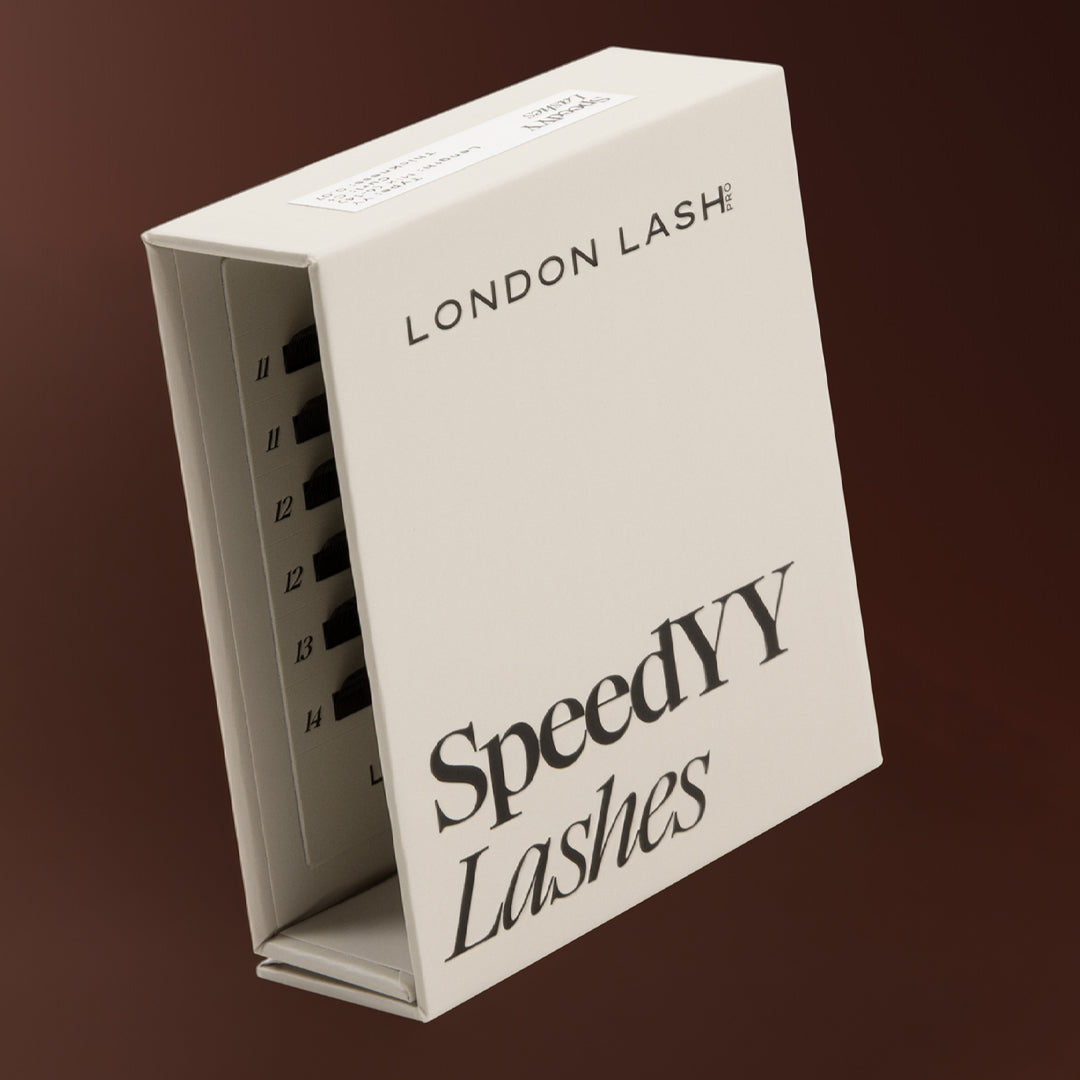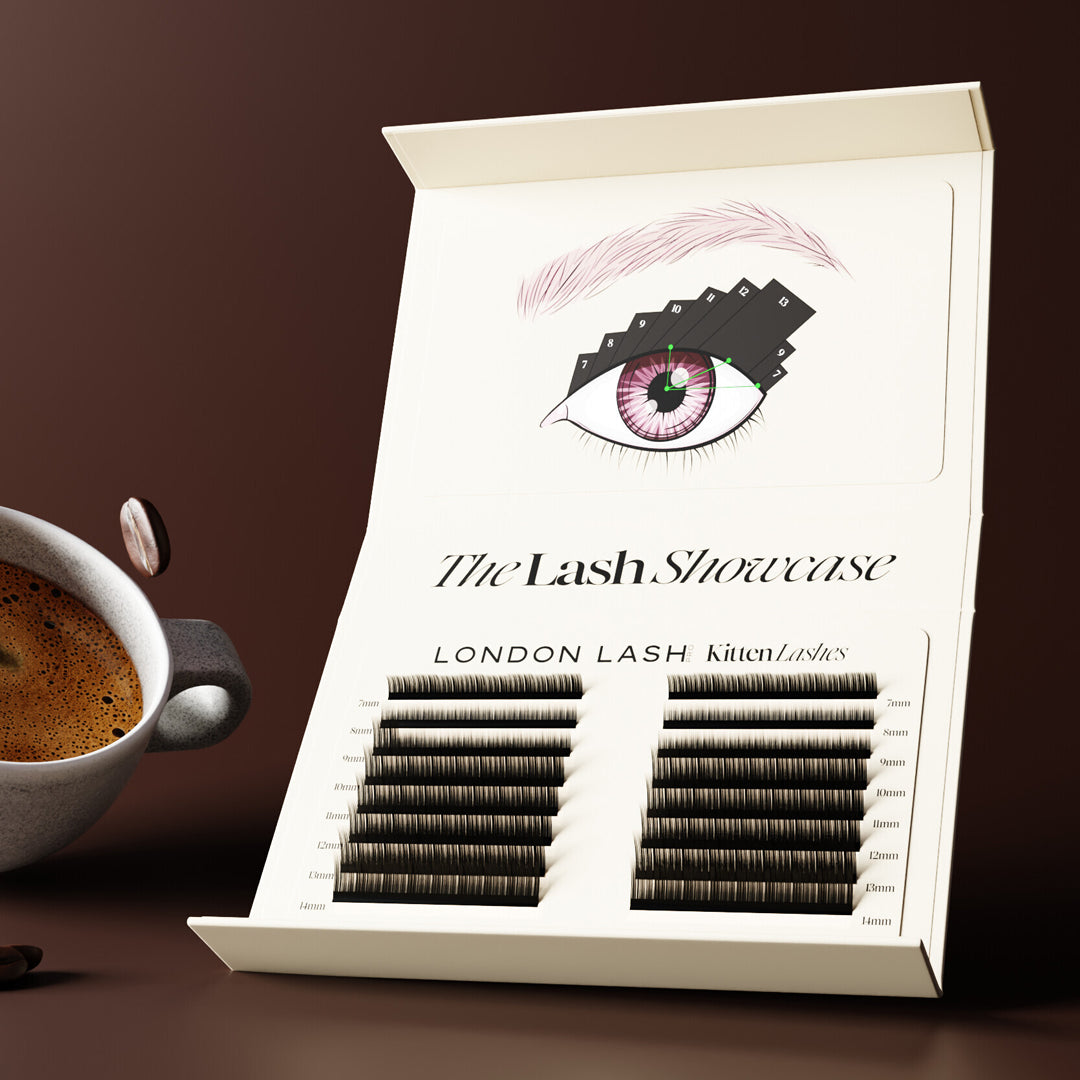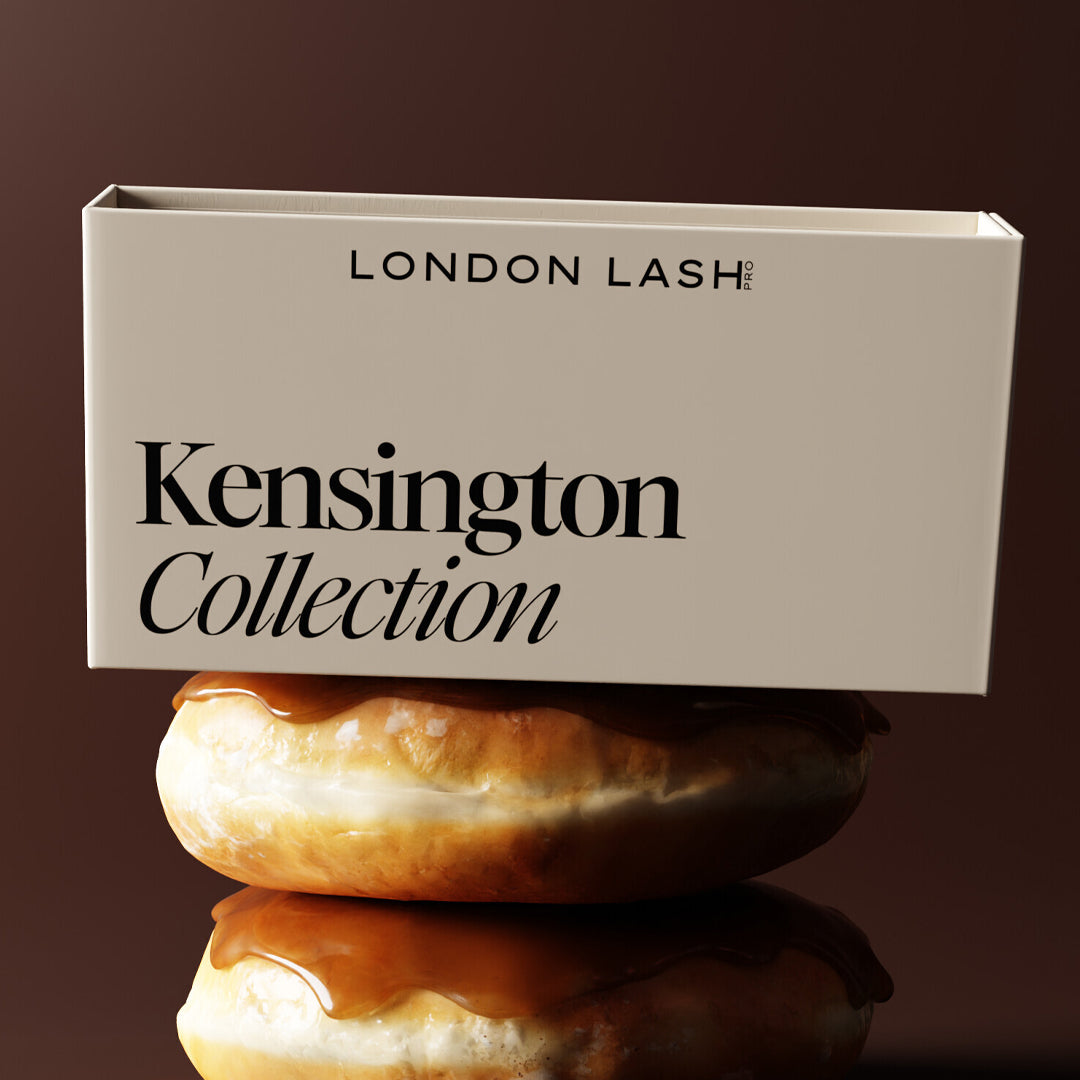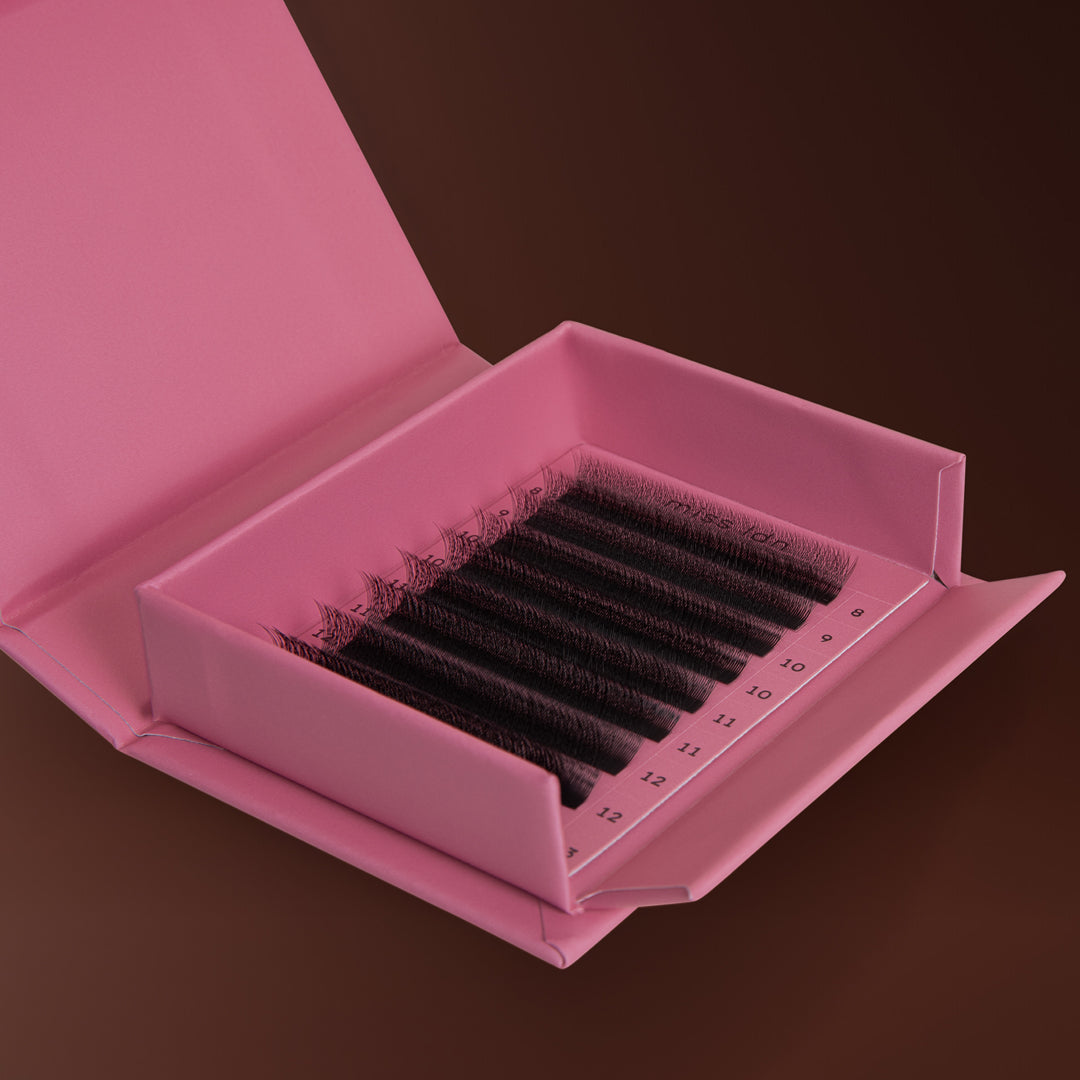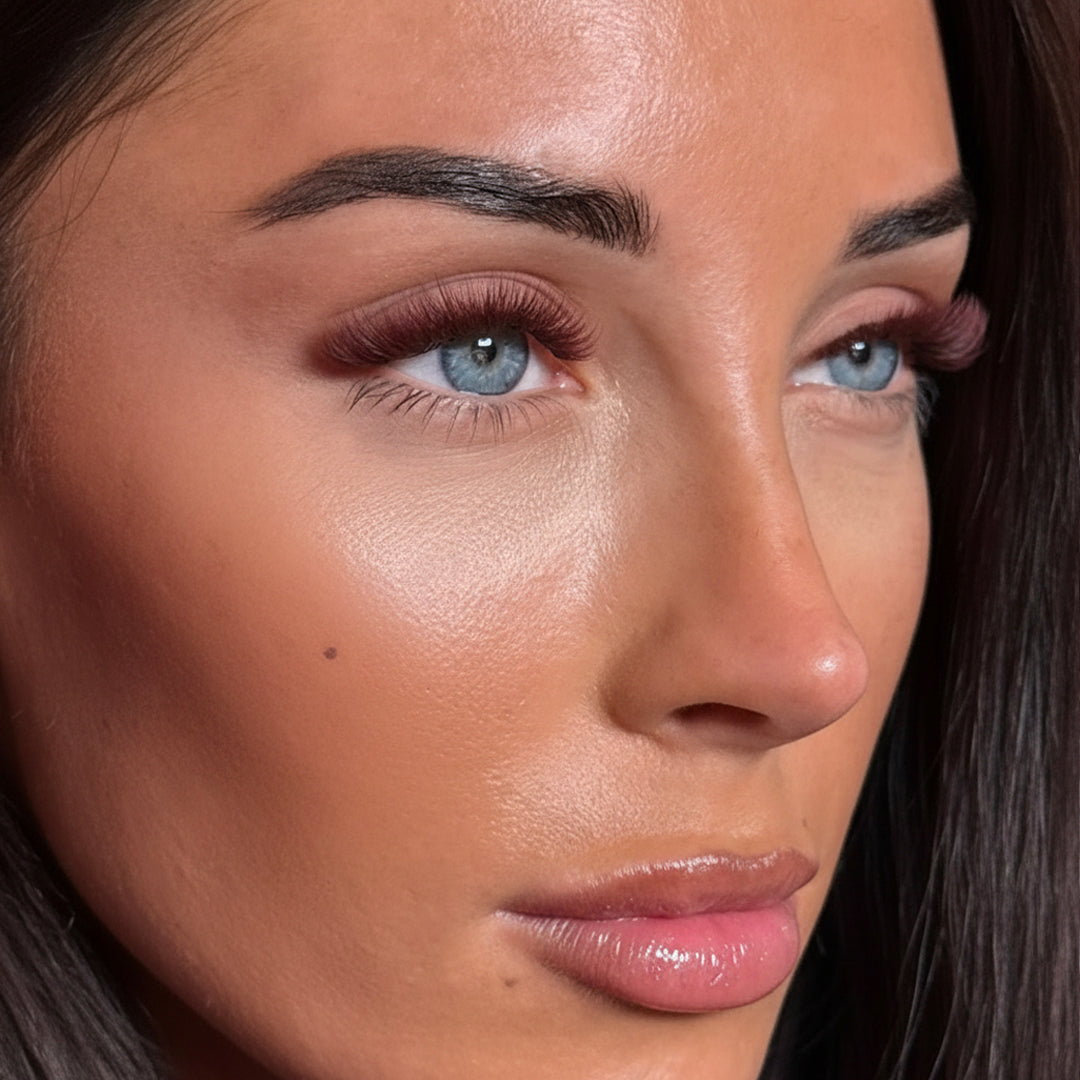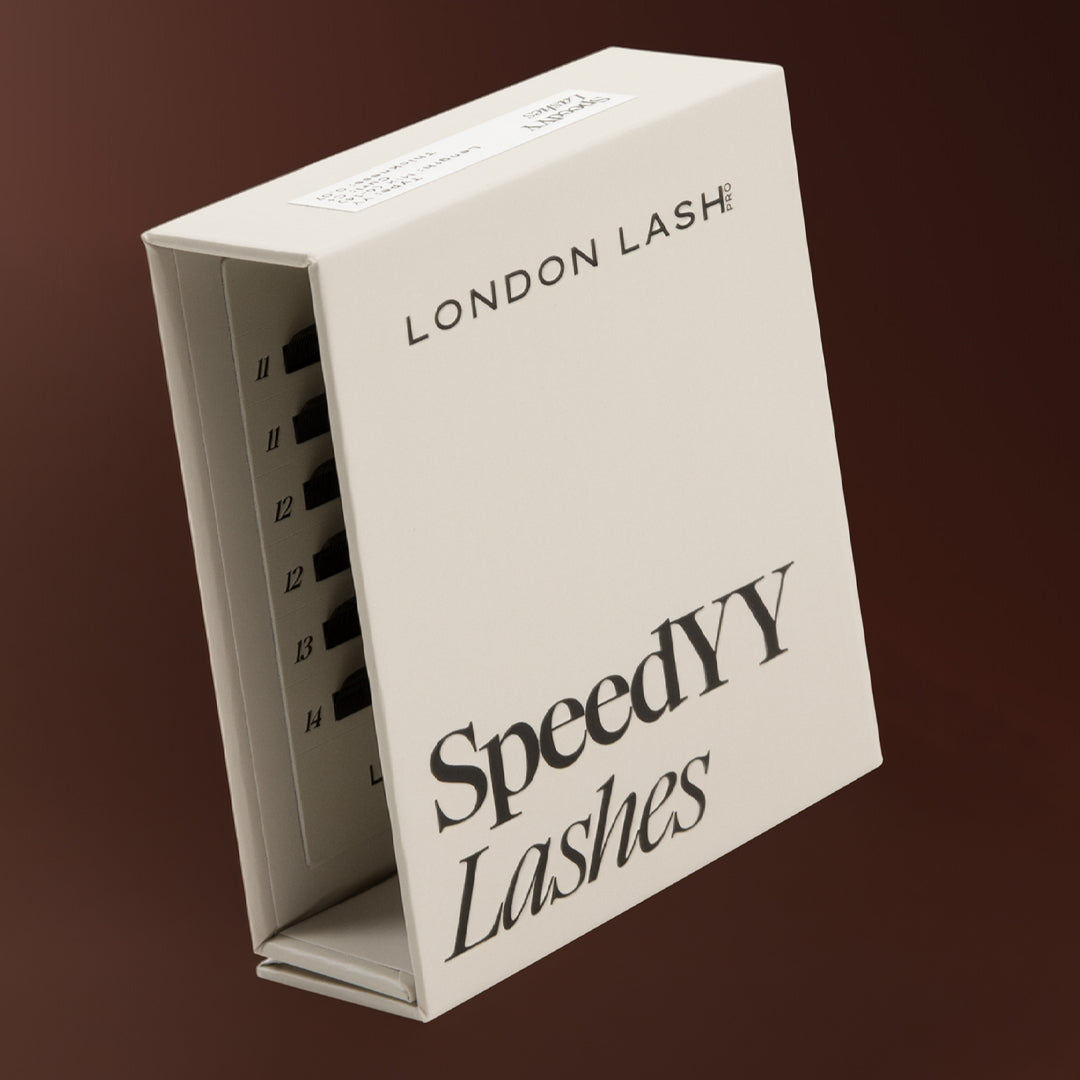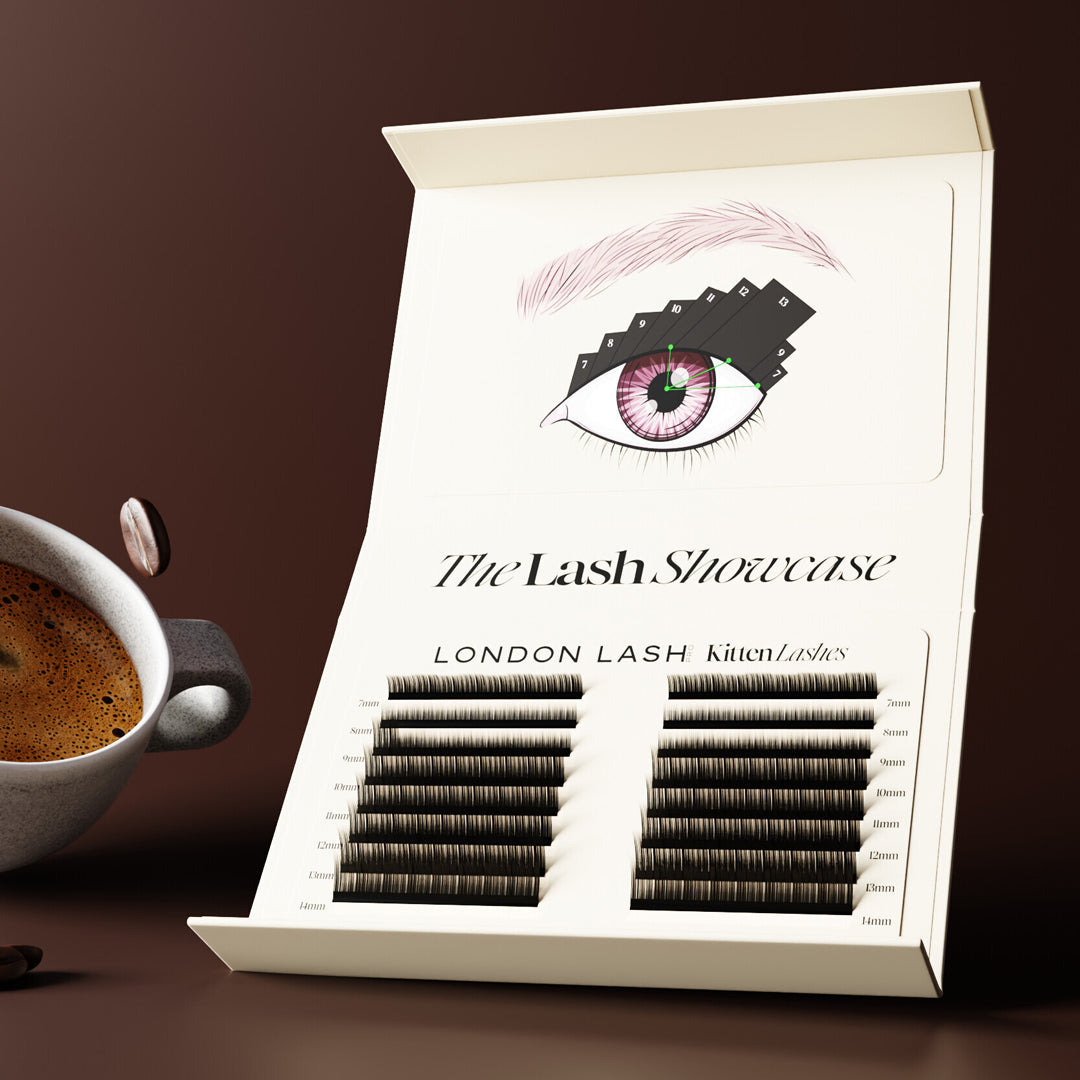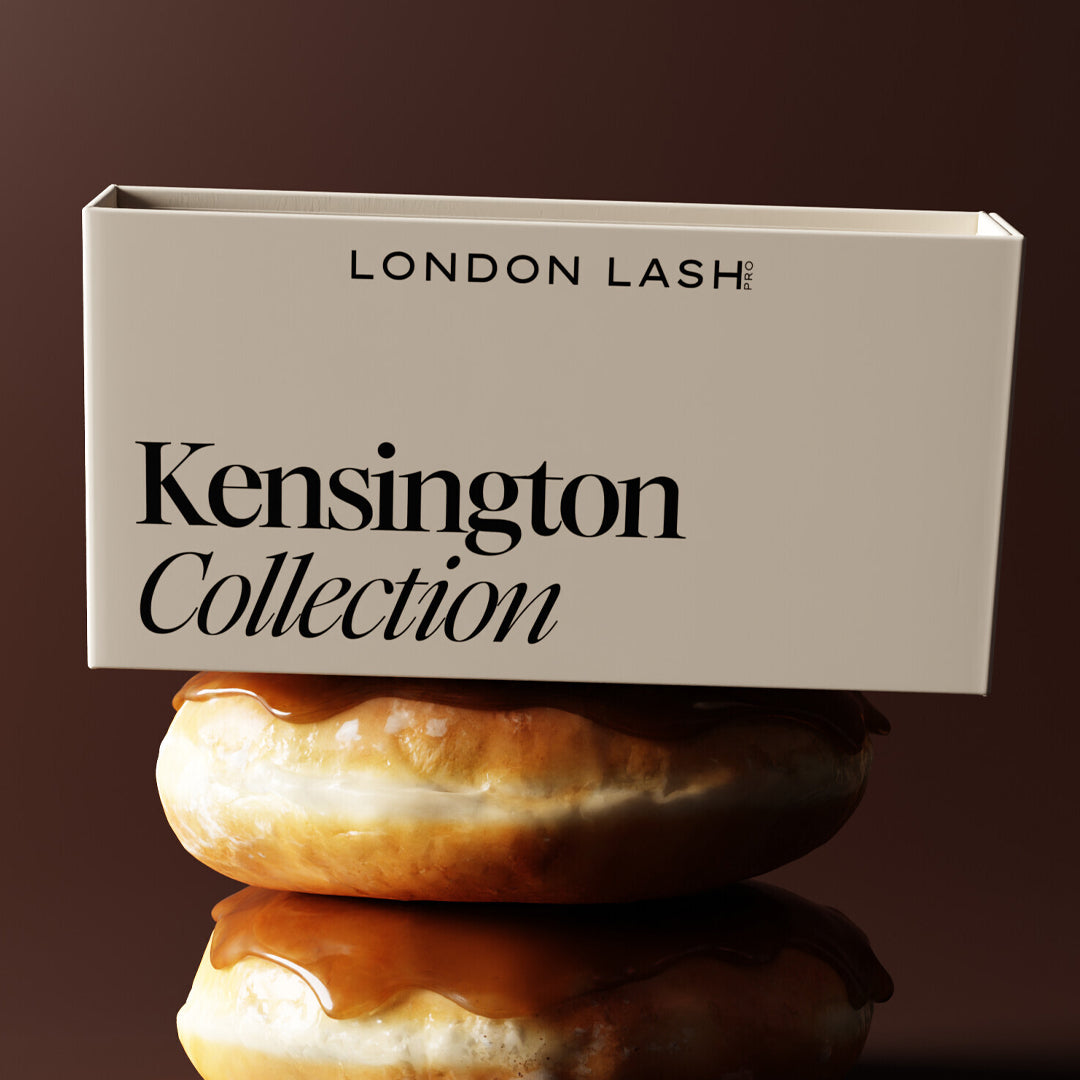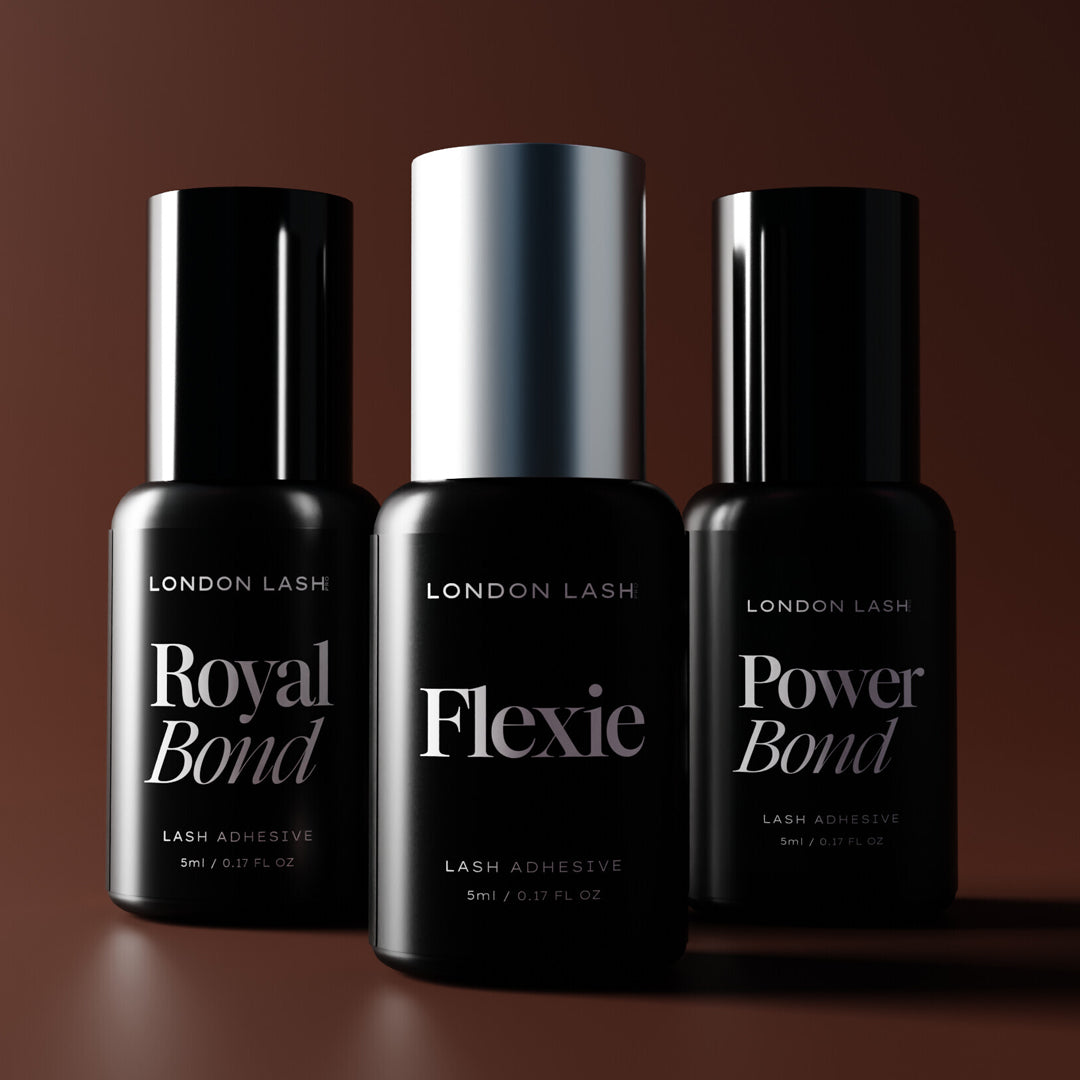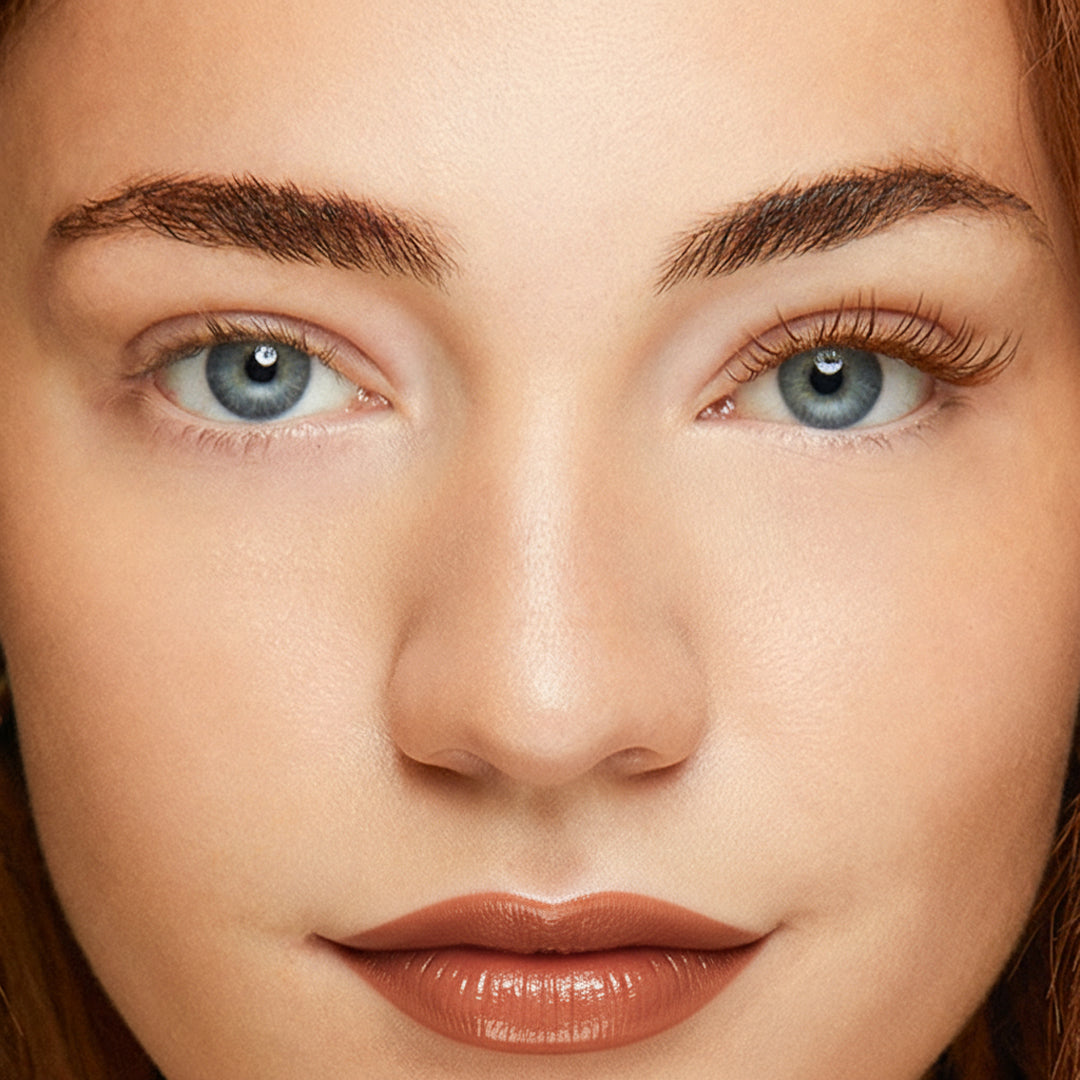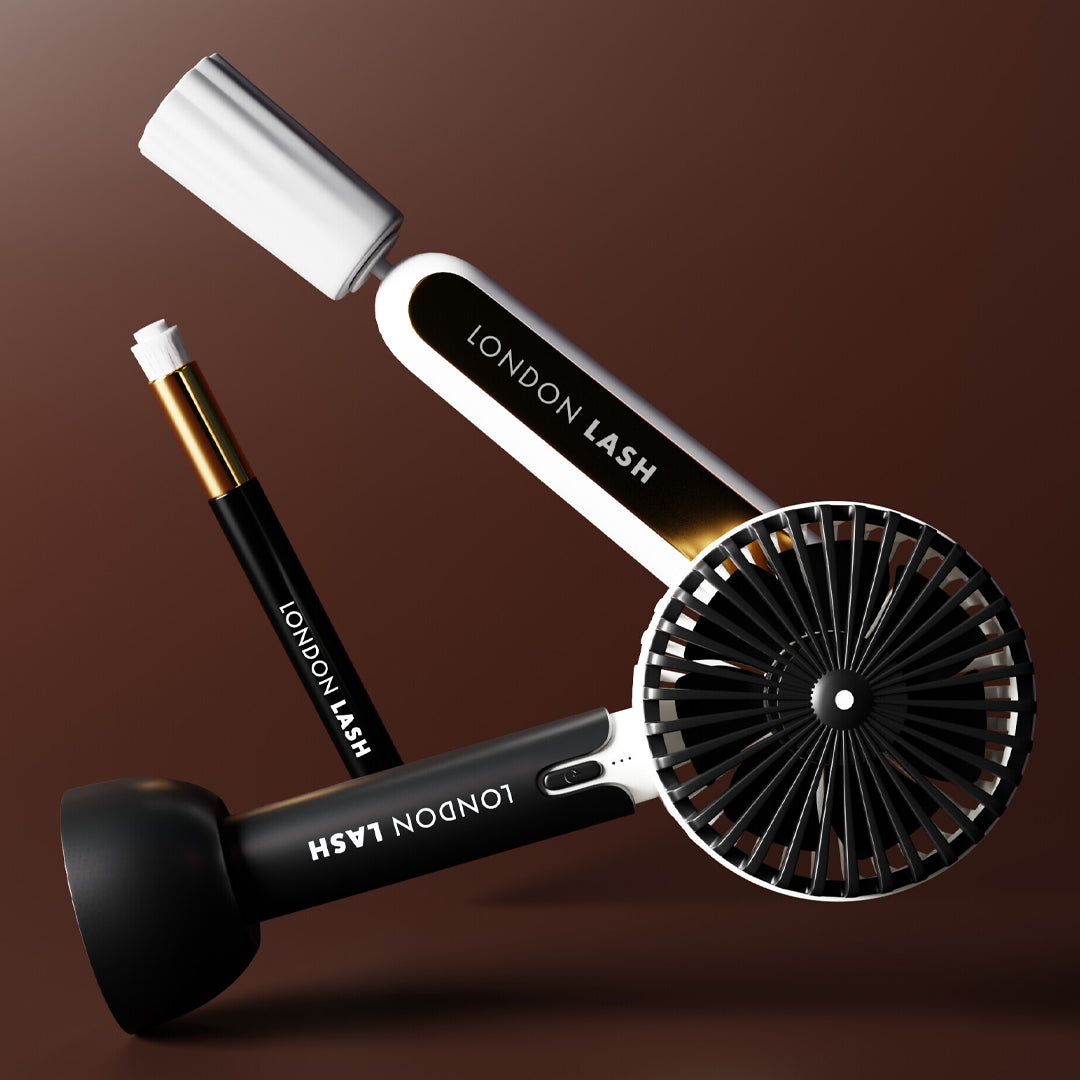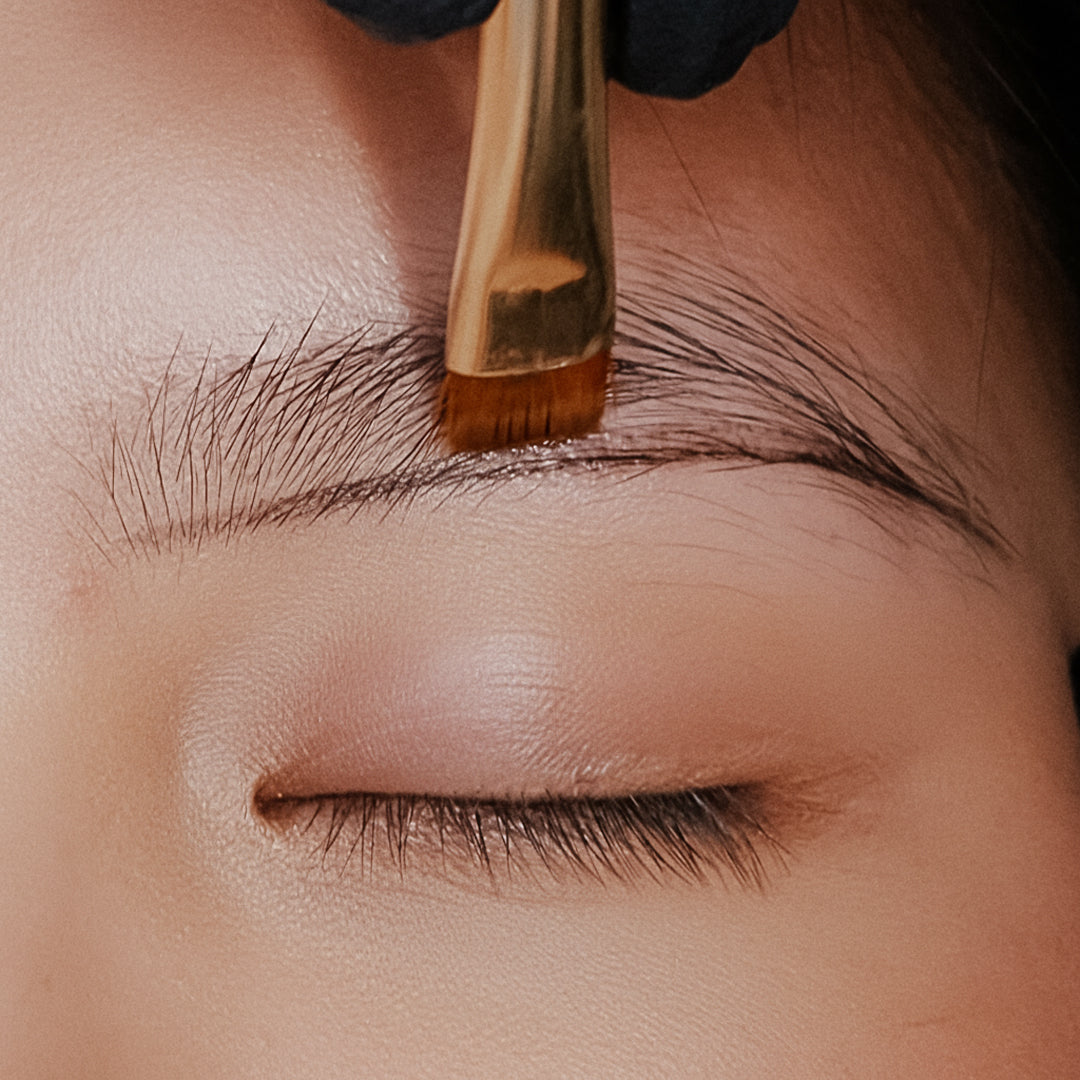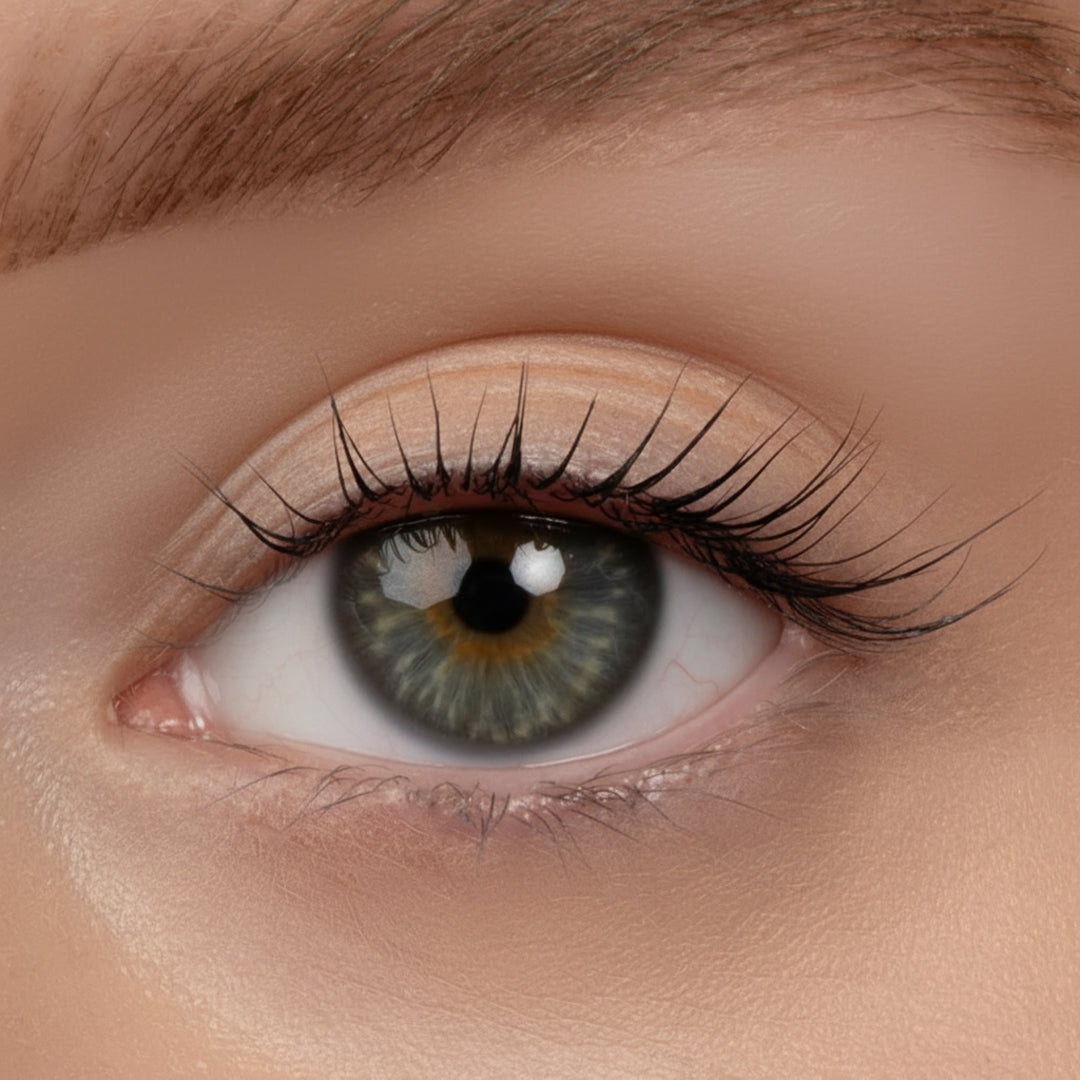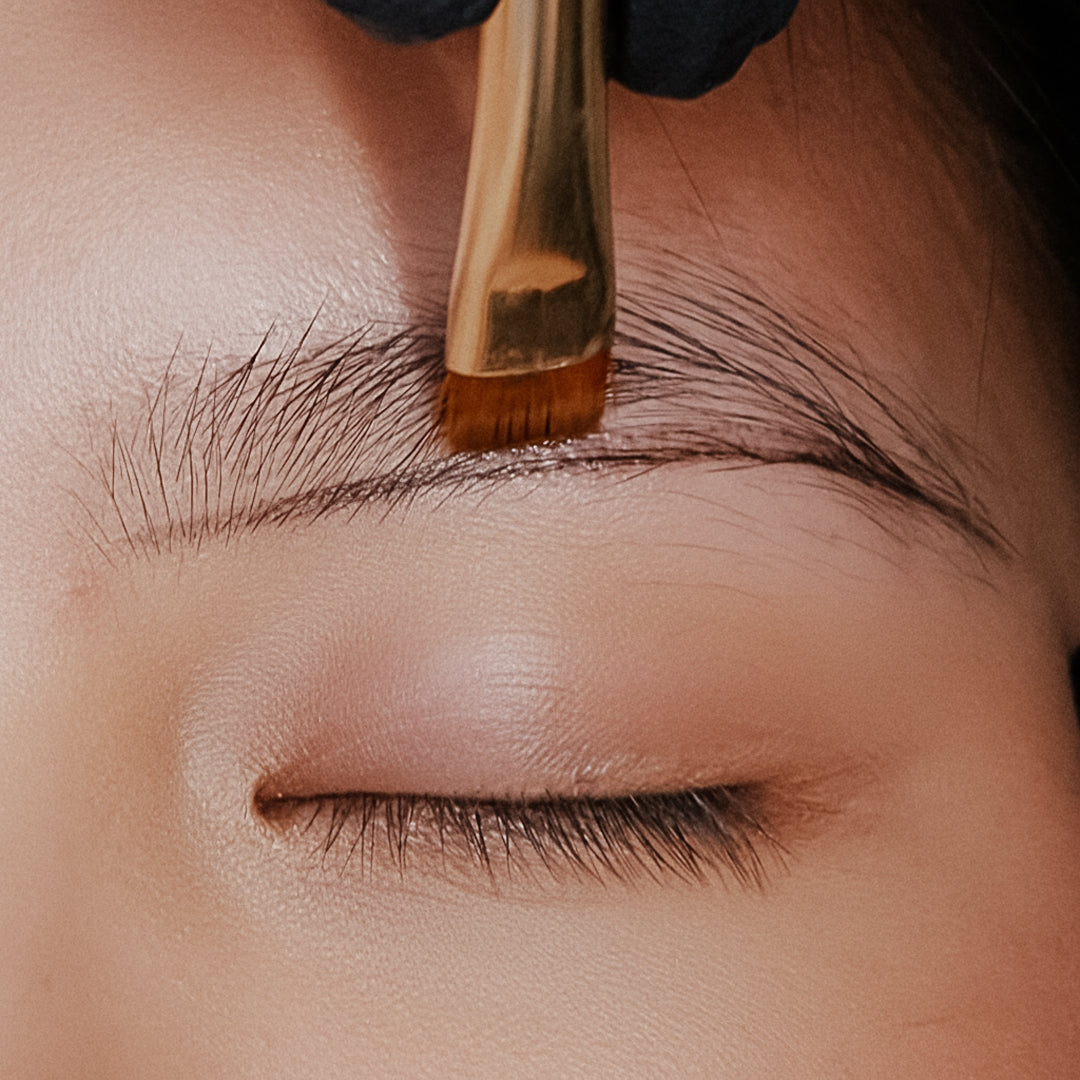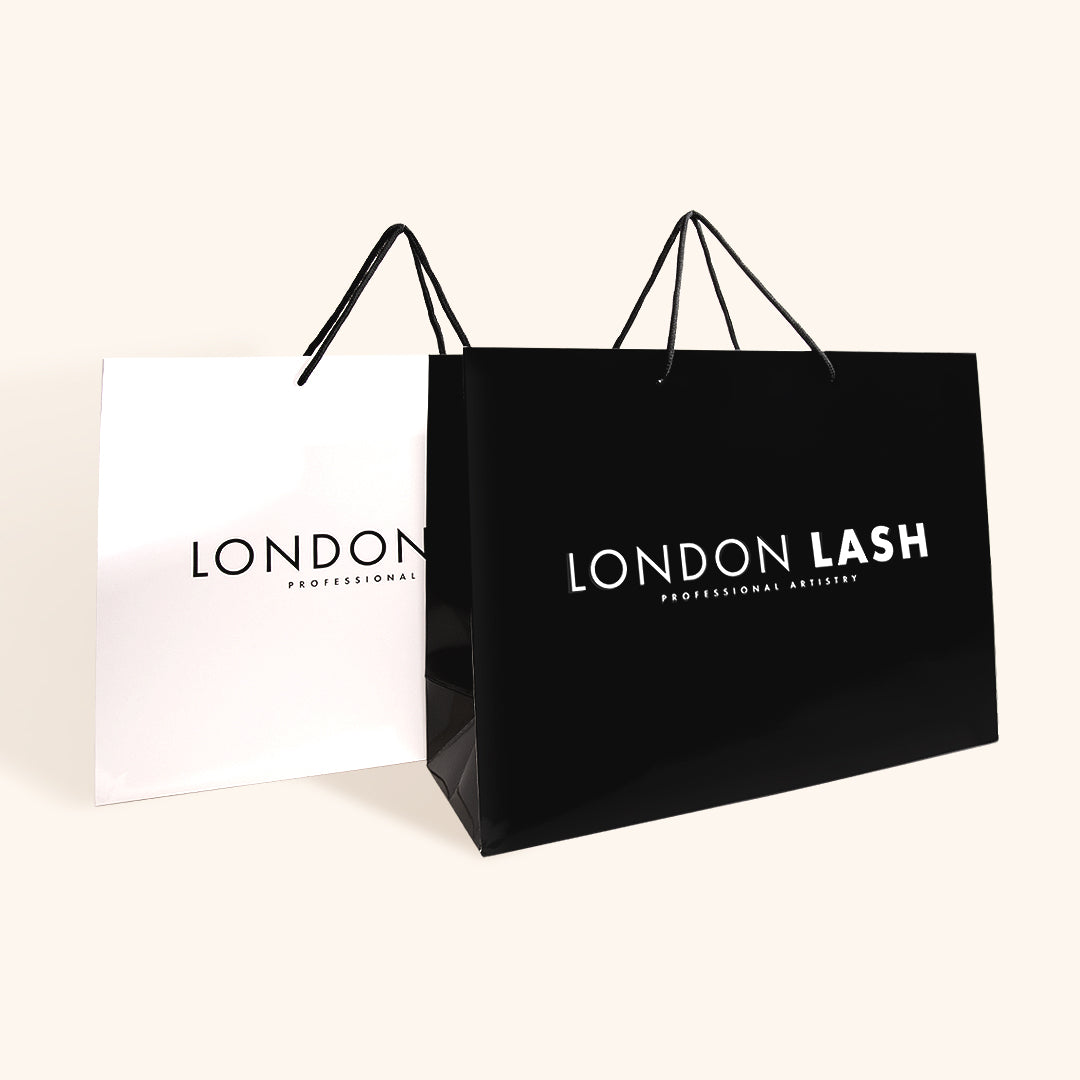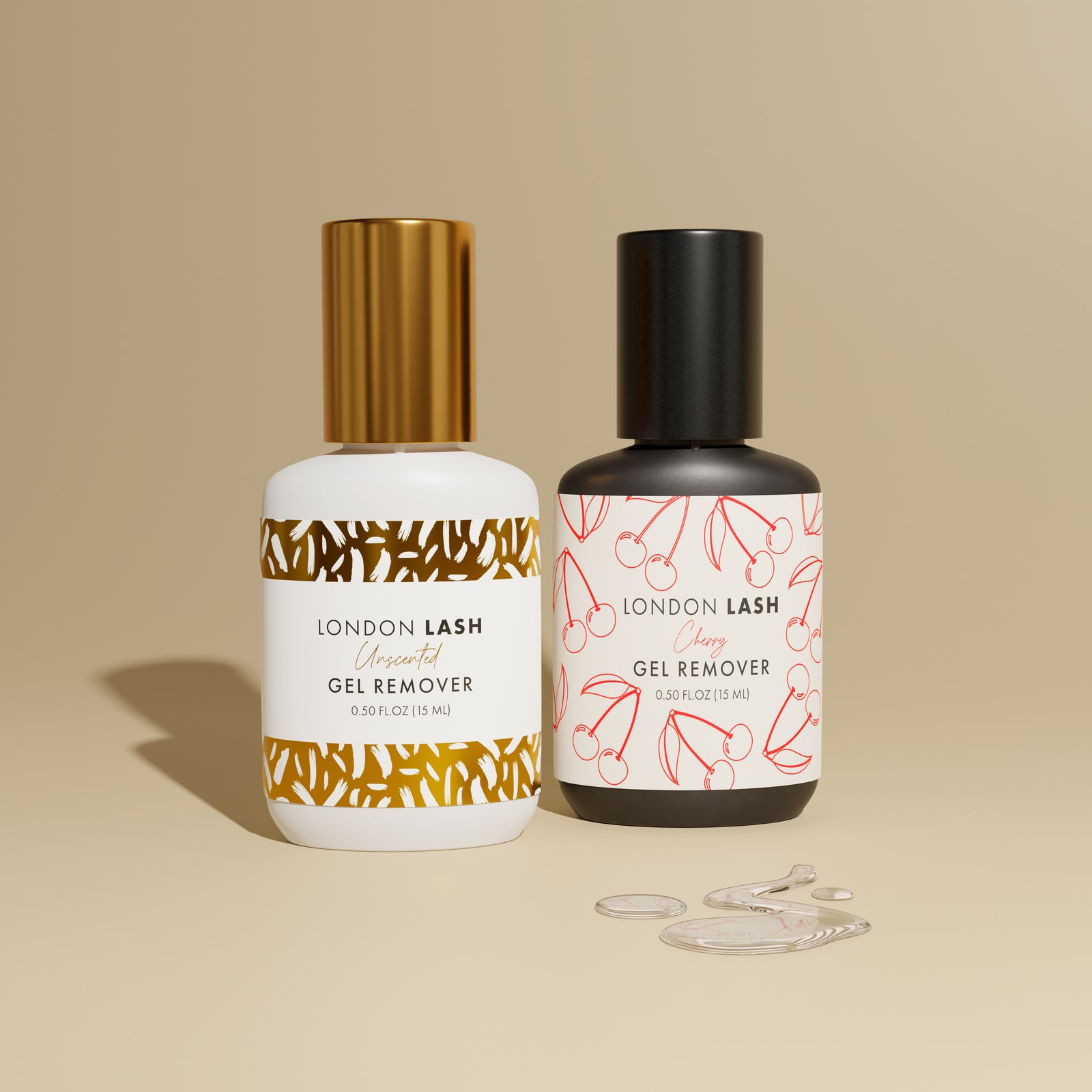Glues & Liquids
Eyelash Extensions
ACCESSORIES
So Henna
EYEBROWS
ONLINE TRAINING
Save up to 70% Off
The Benefits of Adding Gel Remover to Your Lash Kit
April 10, 2024 4 min read
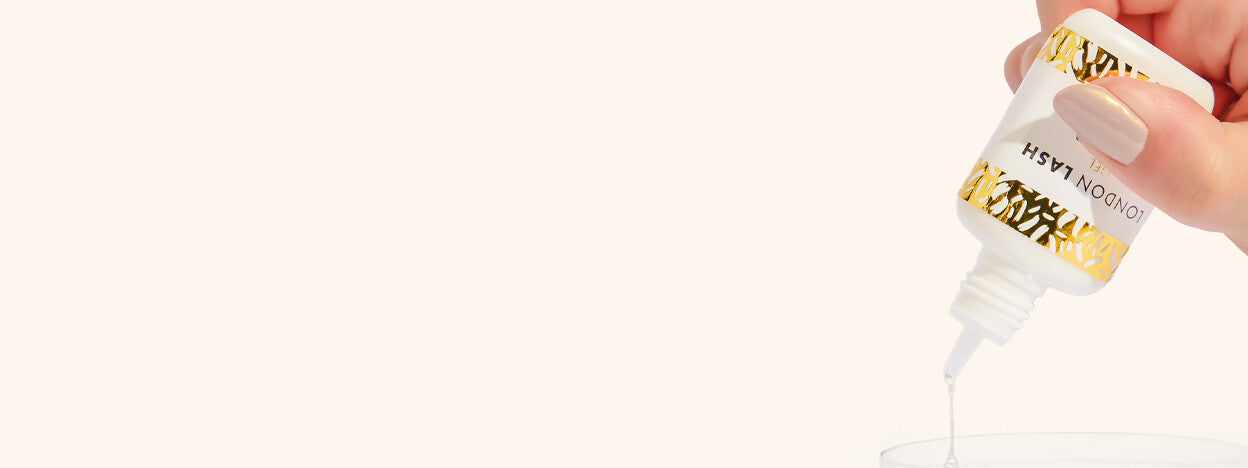
How to Use Gel Remover to Remove Eyelash Extensions
Removing eyelash extensions can be a service that often gets overlooked by clients and Lash Artists alike. Typically most regular clients will come in for an infill or, if they’re done with their extensions, they may let them fall out naturally. But of course, it’s important to note that your clients should never attempt DIY extension removals at home; therefore, our innovative Gel Remover is a great product to add to your lash extensions kit for such services! Professional lash removal is safe and simple, and it will ultimately boost your revenue as a service you can offer.
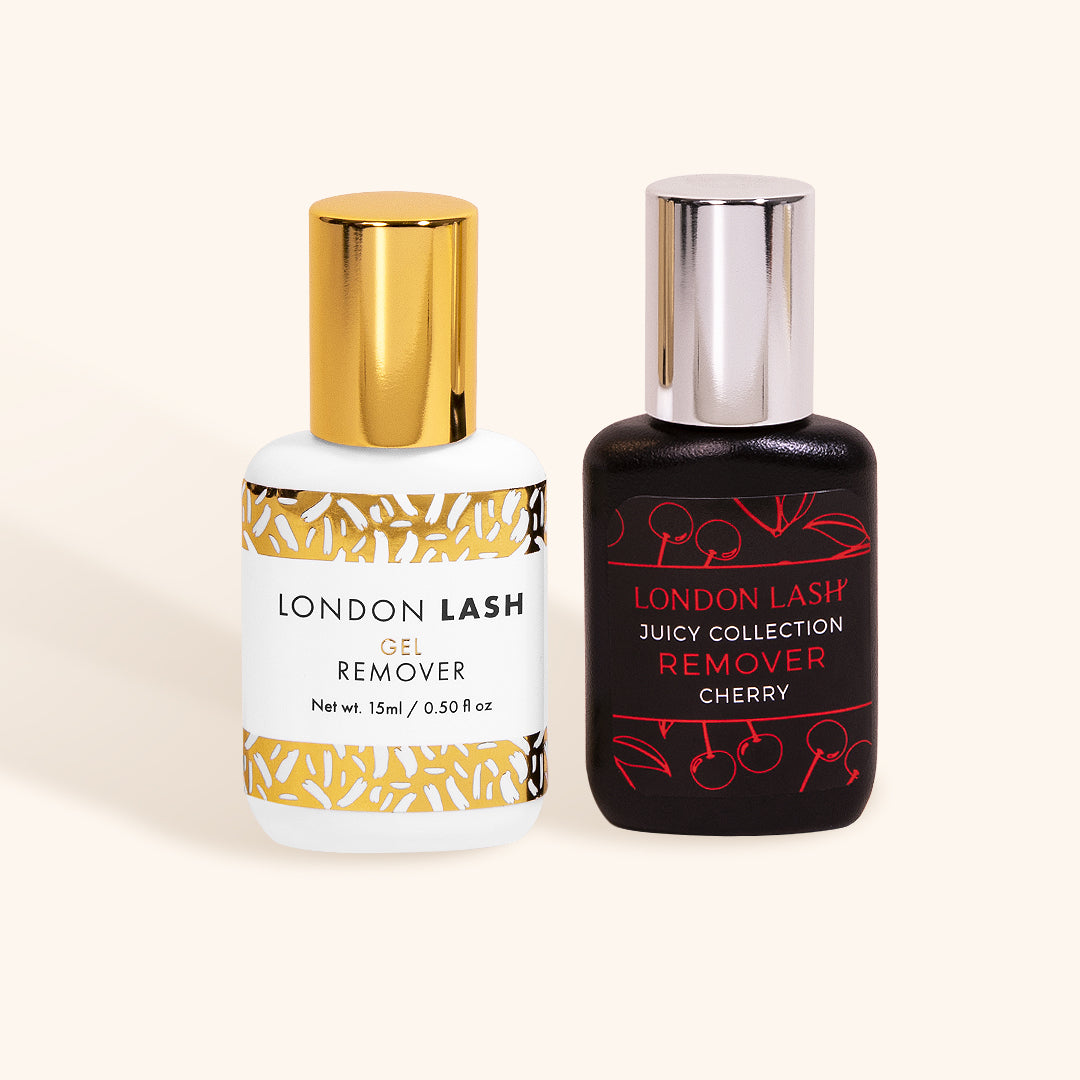 Lash Removal Services
Lash Removal Services
When discussing eyelash extensions, the conversation usually revolves around application, tools, products, and aftercare, but just as vital is the knowledge behind removing your clients’ eyelash extensions in a safe manner. This is something you should always educate your clients on during a consultation, as DIY home remedies to remove lashes can be seriously dangerous and damaging to the natural eyelash. Read more about DIY vs Professional Lash Removal next.
Removing eyelash extensions professionally can be a great way to get repeat customers. Not every lash lover will keep coming back for an infill, sometimes clients may want a rest for their natural eyelashes. Therefore it’s a great way to boost income and client relations by offering to remove them. After all, as the Lash Artist who applied those extensions, you will know which products you used and what the best way to remove them is.
Gel Remover
Using a Gel Remover for eyelash extensions can seem a little daunting at first. This product has a more liquid consistency to Cream Remover, which is user friendly even for Lash Tech beginners. Read all about Cream Remover in our dedicated blog here. But, in practice, Gel Remover is runnier in consistency as it is a product that works faster and penetrates the lash glue bonds quicker.
Gel Remover should always be applied with a Micro Brush to the glue bonds only. Using it dangerously close to the client’s skin or eyes can cause irritation as it may seep due to its consistency. If you’re using Gel Remover to remove a full set vs individual lash extensions, attention should be paid during the application of the product. As mentioned, a Cream Remover is more user friendly as it does not move once applied, but of course, the benefits of a Gel Remover are that it works within just five minutes of application. With both products, caution should be taken when applying close to a client's eyes, so feel free to practise on a Mannequin Head if you’ve never experienced removing extensions before.
PRO TIP - Gel Remover can be a great product for removing glue for Lash Tweezers too. If you happen to be in a sticky situation and you’ve run out of Glue Remover for Tweezers, check out this blog on Hacks Using Items in Your Lash Extensions Kit to find out how you can utilise Gel Remover in a difficult situation.
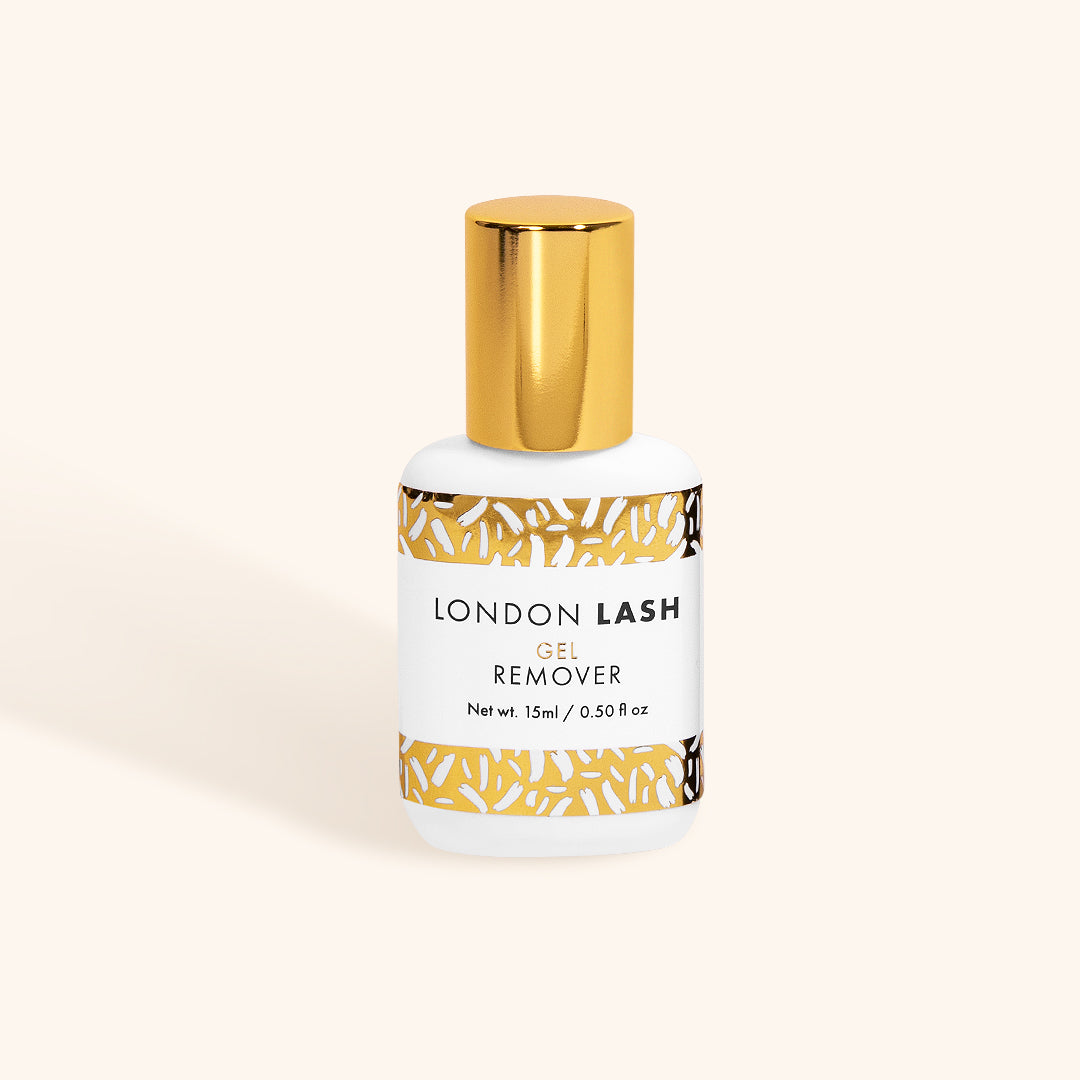 Applying Gel Remover Safely
Applying Gel Remover Safely
As noted above, Gel Remover needs to be applied with caution to avoid any seepage around the client’s eyes. Once this technique has been mastered, you can rest assured that this product will work wonders in minutes. Always prep your client’s eyes by applying Eyepatches to their under eyes. Working in layers is important, after all, you applied the extensions in layers, and thus you don’t want to apply the gel liberally all over, this will be a recipe for disaster. Take a pair of Isolation Tweezers and squeeze some gel on a Micro Brush, then apply the product on the glue bonds with care. This way, you’ll be using just enough product to break down the glue bonds without causing it to seep through.
Remember, this product works quickly, but depending on the lash extensions’ style, density, and glue, it can take a little longer. Once you notice the glue has reactivated, simply pull the extensions away in an upward motion. Clean up any glue residue from the client’s eyelashes by using a Cleansing Swab. Once all the glue has been removed, use some Cleanser and Primer to clean away all residue and reintroduce moisture to the lashes.
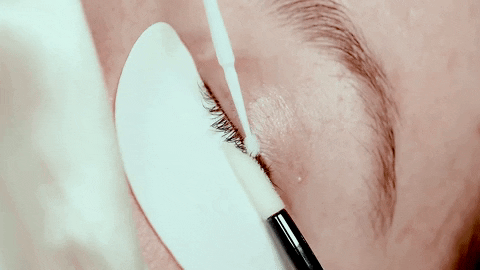
For additional caution, it is always worth noting that when you use Gel Remover (or Cream Remover, for that matter), it reactivates the lash glue, meaning that it will release fumes as it did when it was applied. To reduce irritation to your client’s eyes, always have a handy Glamcor Flow ready to blow any fumes away from your client’s face

And that’s the lowdown on Gel Remover. Whether you’re using it to remove individual extensions or a full set of lashes, this product deserves its merits. Just remember to get acquainted with how to use it for safe practice and client comfort, and you’ll be able to offer removal services in no time.
Check out these featured products
Subscribe
Sign up to get the latest on sales, new releases and more …

